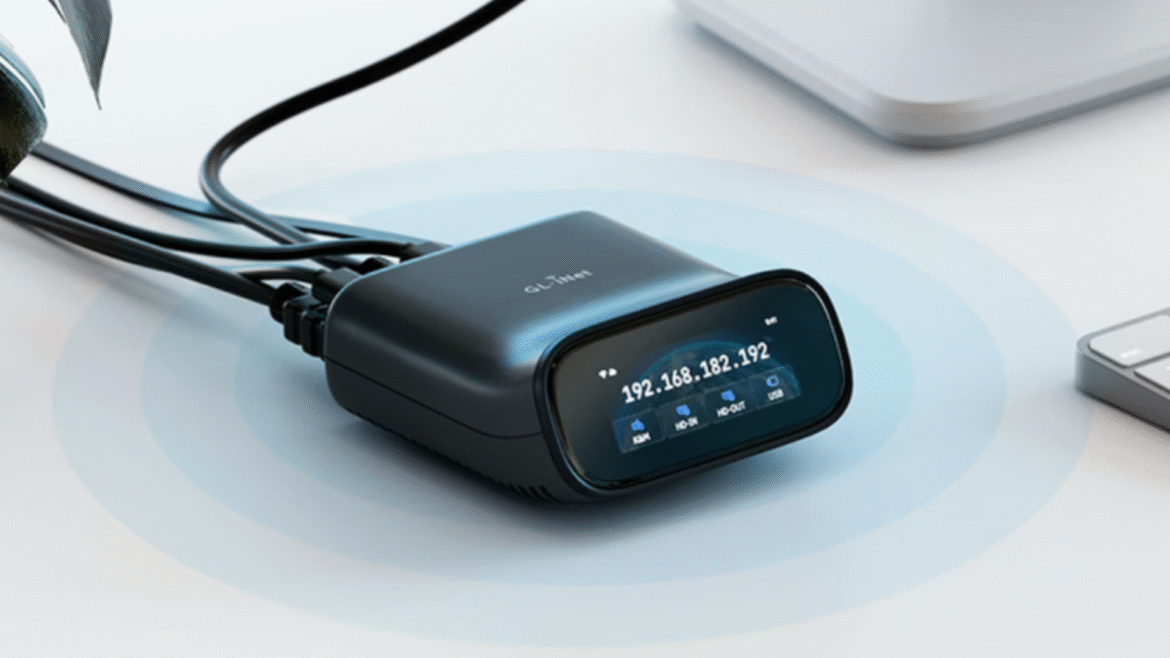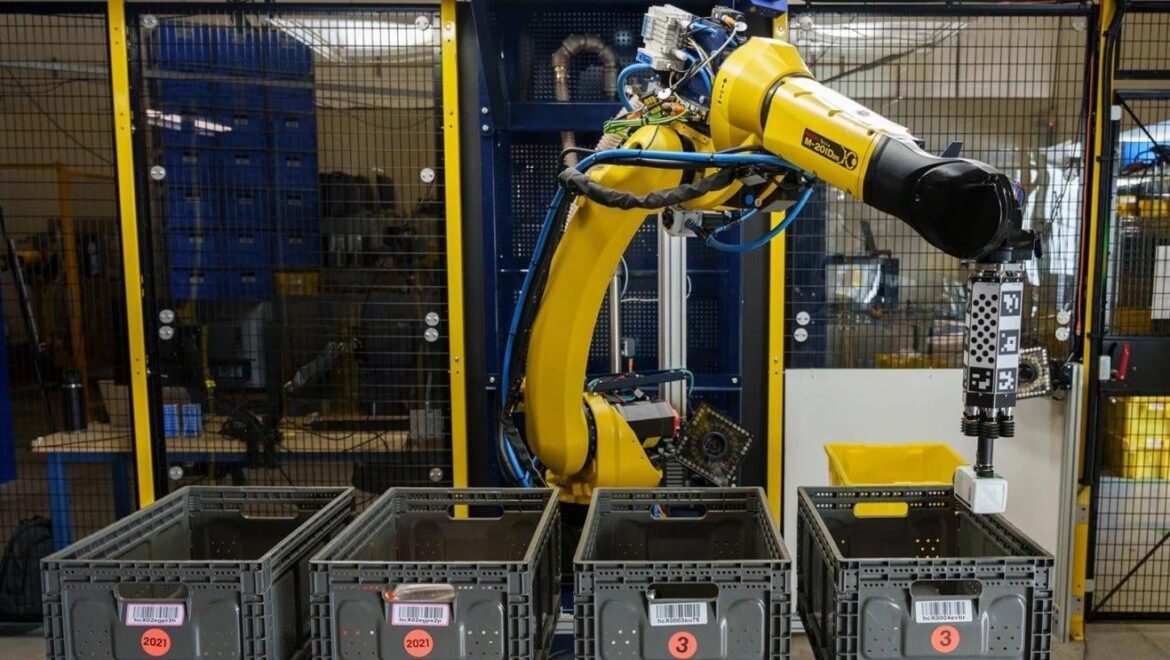Escape from Tarkov players may finally get the chance to escape from the fictional war-torn city in northwest Russia, but it won’t be easy. During a live Q&A at Tokyo Game Show, Nikita Buyanov, the game’s director, told the audience that there will be four endings that players can achieve, which will be determined by the playthrough’s completion and progression. Buyanov added that the “best ending” will be “really hard” and “not everyone will escape from Tarkov.”
“I think it will be something around two percent of all of the player base,” Buyanov said of how many players the team expects to reach the toughest ending. “It will be really challenging, and you can treat it as an achievement of your life to finally escape from Tarkov.”
After being in beta for more than eight years, Escape from Tarkov is scheduled for a 1.0 release, along with its debut on Steam. Even after the November release, Buyanov said that the team still has a ton of content planned for the game’s future over the next five years. Much of the new content is still being kept under wraps, as is whether or not the developer plans to do another wipe before the official release that would reset player progression.
Buyanov said during the Q&A that there will be seasonal characters subject to typical wipes, along with a permanent main character that can retain progress indefinitely. As for whether the current state of the game will see another wipe before the November release, Buyanov posted on X that a decision hasn’t been made yet but that the team is leaning towards “probably no wipe.”










